After five exams, two papers, and one presentation, I can finally say I survived midterms week! The last few days have been spring break for Kansai students, and I’ve spent mine traveling to nearby places.
As for the exams, they were not terribly difficult. I studied mostly for my Japanese language courses (Spoken and Reading/Writing), as they had two exams each to test our reading, speaking, and listening skills. I’m confident I did well, but I’ll find out when I go back.
On monday I went to the Kobe prefecture with some friends to explore an abandoned railway that shut down twenty-five years ago. The train had been in service since 1899, but was closed when Japan converted to electric rails, and the route was moved to a more convenient area.
On the left is the entrance to the path of the old railway. It follows a wide, shallow river with massive rocks, where dark green water rushes. No houses interrupt the tree line, and the highway sounds nearby fade off, leaving the leaves shaking and water sloshing.
Remember to bring a flashlight if you decide to come here! We forgot to bring one and ended up groping through the dark train tunnels, which are long and lightless. It’s not possible to see the other end for most of them, either.
The next day I went to Osakajo and saw the famous Osaka Castle.
The whole area is more impressive than I anticipated. Surmounted on a fortress of interlocking granite, Osaka Castle rests in the center of this stone platform, where on all sides a moat protects it.
In 1583, construction began under Toyotomi Hideyoshi who wanted to surpass the splendor of Azuchi Castle, where Oda Nobunaga lived. The castle was completed more than ten years later, the same year of Hideyoshi’s death, who passed it to his son Hideyori.
For twenty years the castle endured seige, even warding off the Tokugawa clan, an army twice the size of Hideyoshi’s. But eventually it fell to Ieyasu after he filled in the moat, the castle’s greatest defense.
Over the last five hundred years, it was struck by lightning twice, burned to the ground by invasion, bombed during WWII, and rebuilt every time. The latest restorations were made in 1995, this time rendering it a museum.
After exploring Osaka Castle, some friends and I went out to eat and then to a karaoke club, where we ate and drank and sang until nearly midnight, when the trains shut down.
Spring break is nearly over now, and that means my time in Japan is halfway done. Tomorrow I’m heading to Kobe to meet my homevisit family, where I’ll have dinner with a fellow student and her relatives. I’ll be sure to write about it when I get back.
Coming up: my trip to Tokyo on April 11th!

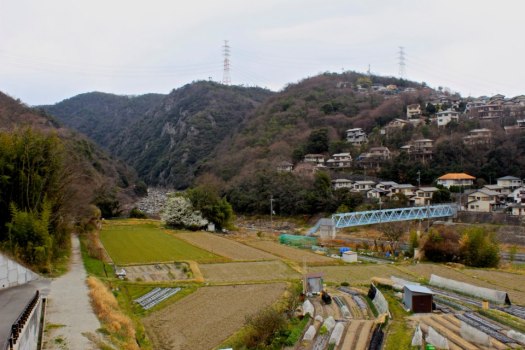
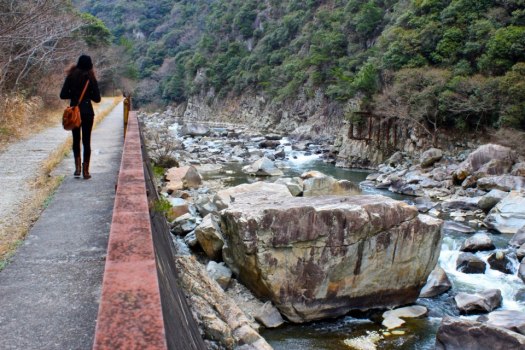
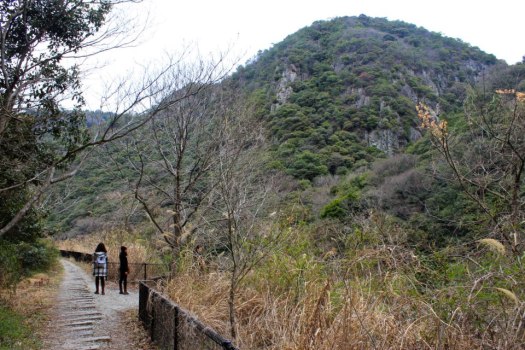
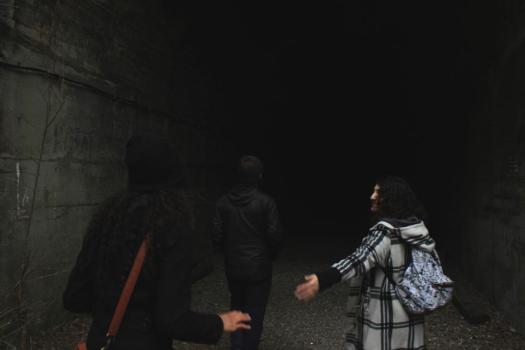
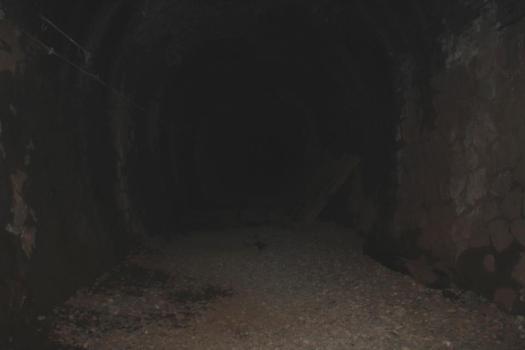
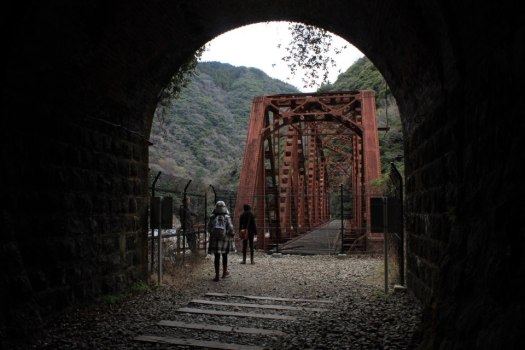
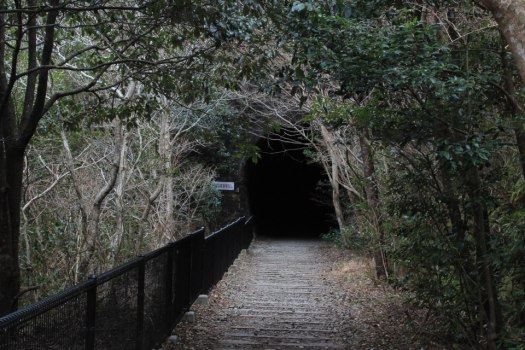
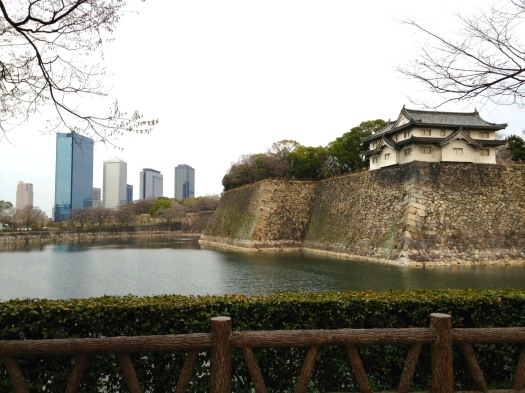
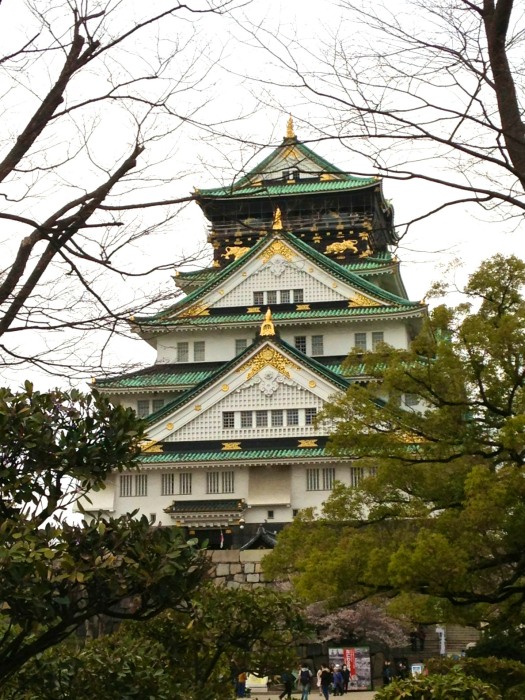
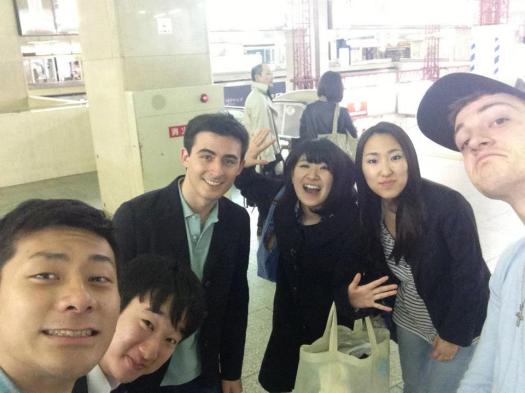



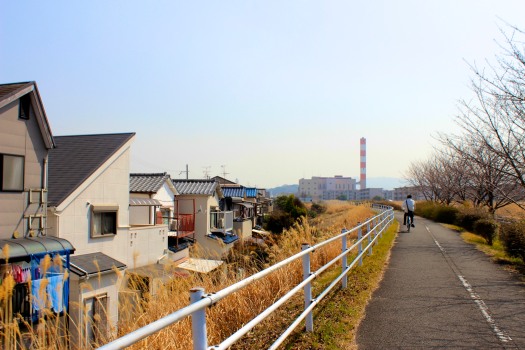

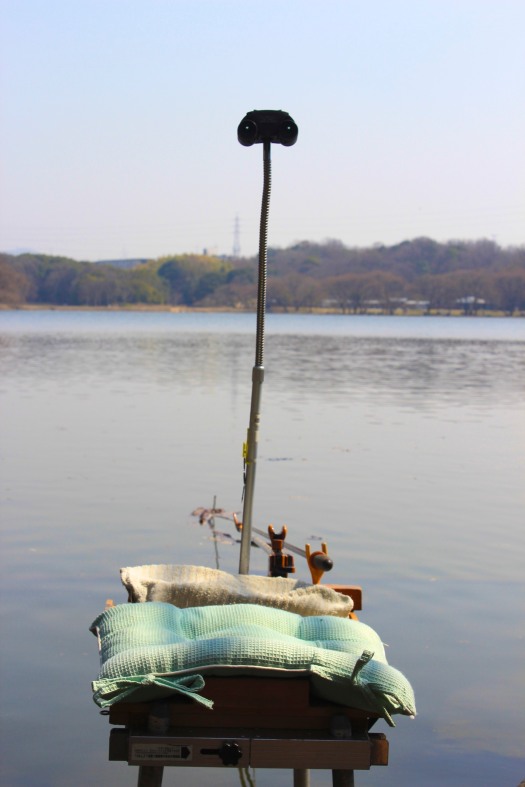

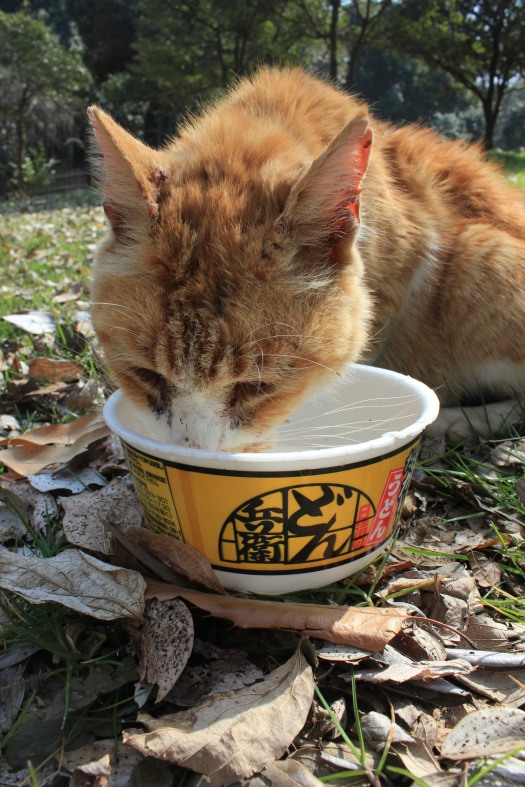
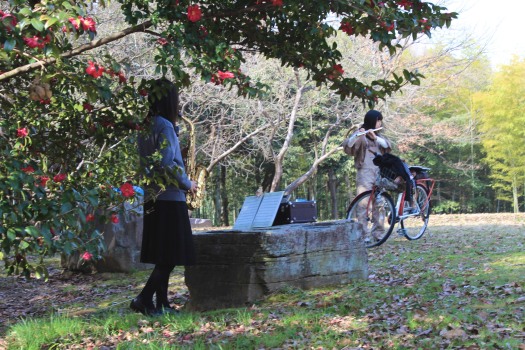
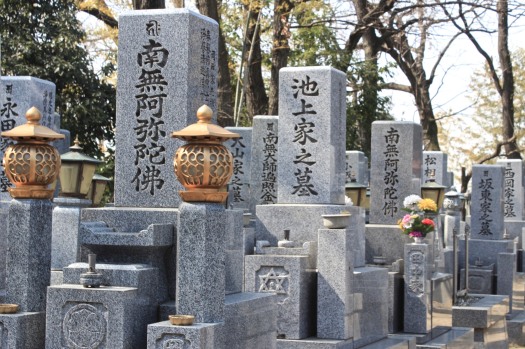
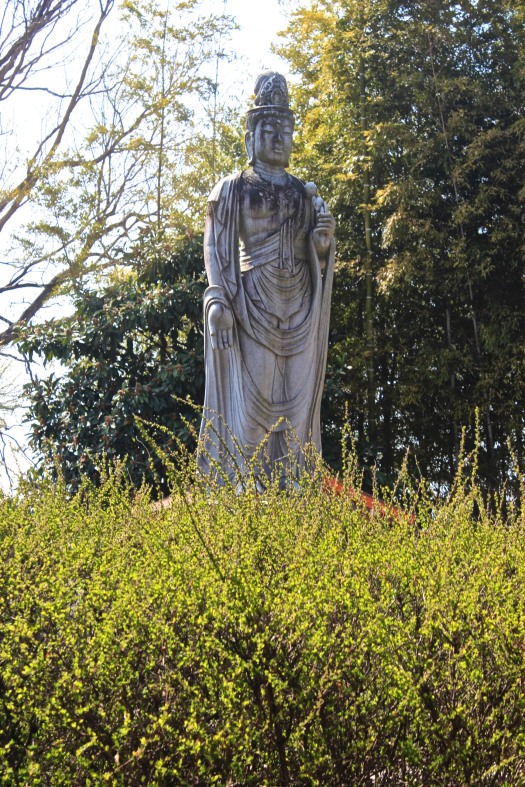
You must be logged in to post a comment.